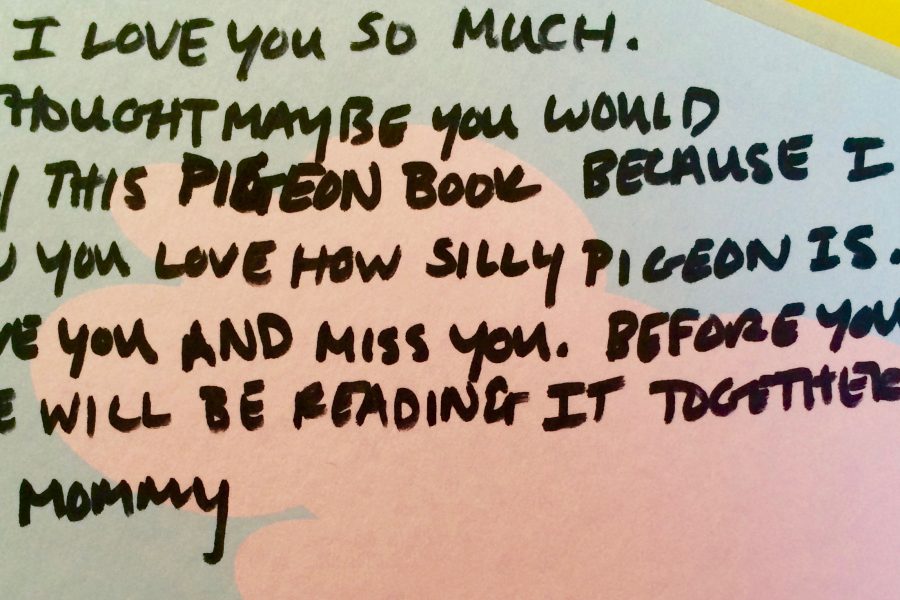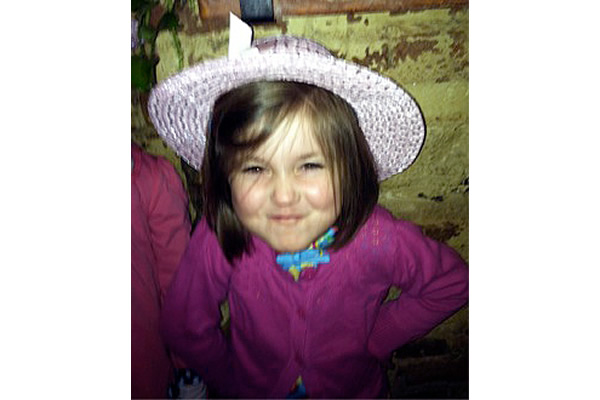
Recently, while scrolling Facebook, I found myself stopping to watch a video comparing prisons in Norway to those in the United States. Before clicking on the video, my heart had already sunk to the bottom of my chest – I knew exactly what was coming next, but I still wanted to know more. I wanted to expand my understanding and knowledge of both our system and one that I predicted to be much better than our own in terms of producing results. I wanted to understand the two different ideologies behind the purpose for prison and the treatment of inmates.
I always shared in the classic American ideology; prison as a place of punishment – a punishment attempting to match the crime committed. The number of years increasing with the severity of the crime, but this ideology came from a lack of knowledge, understanding, and education, a lack of interest, a lack of physical contact with both inmates and prisons. However, my own beliefs and convictions regarding both inmates and the purpose of prison began to change earlier this summer when I began working at CLiF.
I spent my first day at CLiF sorting through boxes of books for ‘prison mailings’ – a term I would soon understand. Each time I pulled a new book from the stack, I scanned the release form, read the message an inmate had left for his or her child, grandchild, niece, or nephew, sealed the book into an envelope and labeled it with the corresponding caretaker’s address. With each new note, I began to see the inmates as people – moms, dads, aunts, uncles, grandmas, and grandpas, with families who were at times shaken up and turned upside down by their imprisonment.
This was the first moment I questioned my personal ideologies regarding prisons as places of punishment. However, without the personal connection and physical contact – I was able to push my feelings and wonderings aside – that was until I spent last Friday in a Women’s prison in South Burlington.
I entered the prison anxious, not knowing what to expect. When the women entered the room, I looked to Duncan and Elizabeth, a CLiF presenter, children’s book author, and owner of a local bookstore, who greeted the women with welcoming voices and sincere smiles. They then proceeded to thank them for being there. I was intrigued by the tone in which they spoke to the women – once again I found myself questioning the ideology that prisons are solely a place for punishment. I couldn’t help but think of the video highlighting the differences between Norwegian and American prisons.
In Norway the inmates were given opportunities to further their education, see mental health specialists, learn to cook, clean, and become productive members of society, who had the potential to make a positive impact. In part, this outlook comes from the fact that Norway’s maximum sentence is 21 years, so virtually all inmates will be reintegrated into society – however many of our inmates will also transition back into society – often lacking critical life skills.
Through our Children of Prison Inmates program here at CLiF, we connect inmates, their children, and families through literacy by hosting seminars and family literacy events, establishing onsite libraries, and providing the inmates with the opportunity to record themselves reading books that we send home to their children. We provide these programs in hopes of establishing better reading habits and creating more excitement around literacy for children who are arguably at the greatest risk of growing up with low literacy skills. While I cannot definitively say how many ‘privileges’ we should grant to inmates, here is what I have learned from working at CLiF:
- Much like Norway, maintaining a growth mindset is beneficial for everyone. If we believe that people can learn from their mistakes, and that with education they can acquire new knowledge and skills and better themselves, then we can create people who will be better prepared to reintegrate into society upon release.
- We cannot punish children for their caretaker’s mistakes, they deserve an equal opportunity to a high quality education, and we know that literacy skills and knowledge help in all subject areas.
- Yes the inmates broke the laws of society, but they are not just criminals, they are people who have families, friends, passions and aspirations to better themselves. By maintaining the Children of Prison Inmates Program, we can strengthen bonds between parents and their children when relationships are challenged the most, which in turn benefits the children (and parents).
- We can educate parents about the importance of reading to your children and how to best engage them in storytelling, even if they themselves are not particularly strong, confident, or avid readers.
- We can build stronger relationships around positive and productive activities, while helping children belonging to a vulnerable population for growing up with low literacy skills.
While individual opinions will always be conflicted when it comes to the purpose for prison and the privileges that inmates should be granted, I think that we can all agree their children deserve the same privileges as any other children. They deserve story time. They deserve to be read to before falling asleep each and every night. CLiF makes these critical childhood literacy experiences possible so that all children can experience some of the greatest joys of childhood and for that I believe in providing inmates with opportunities to better themselves through education.



